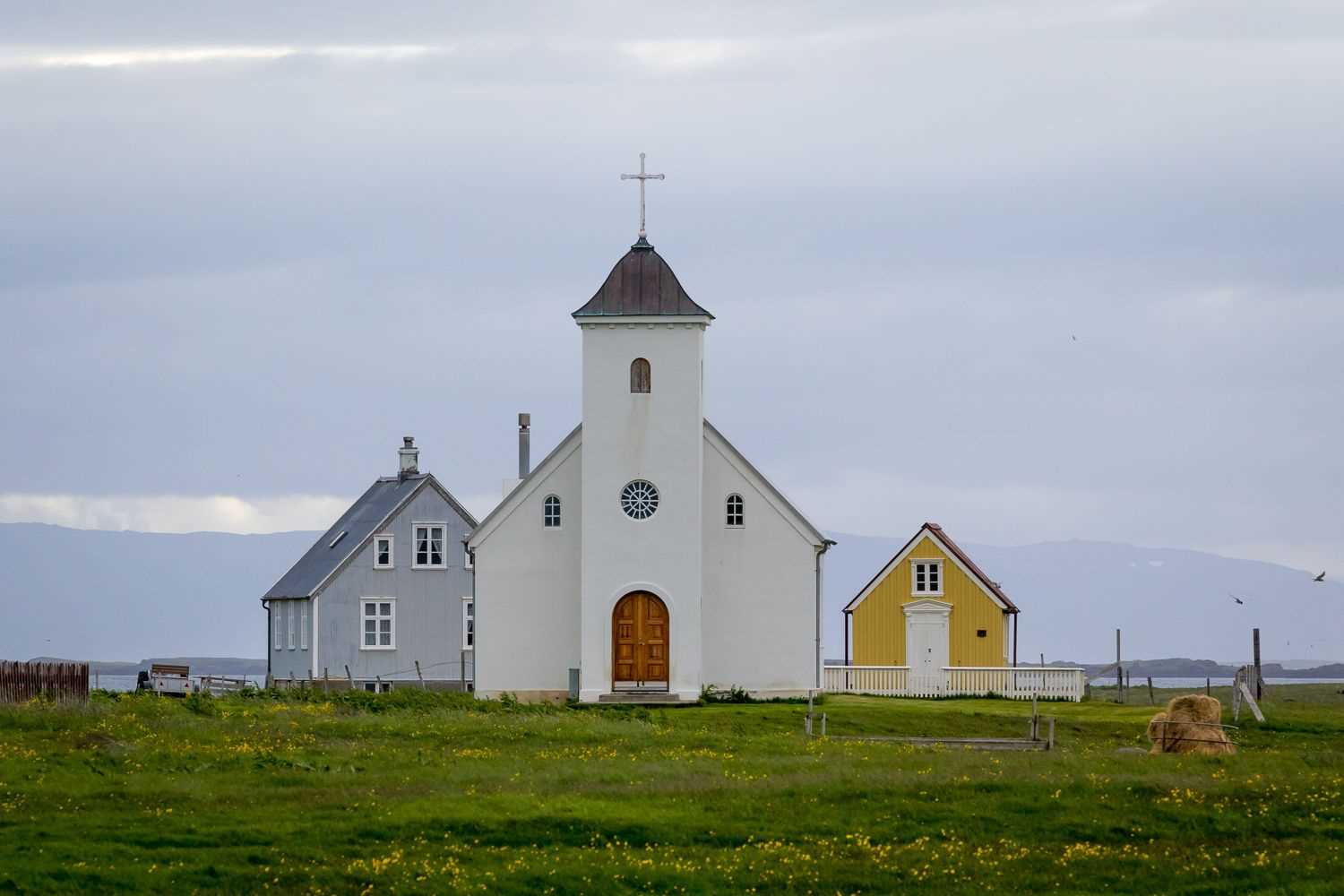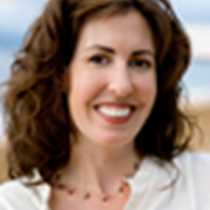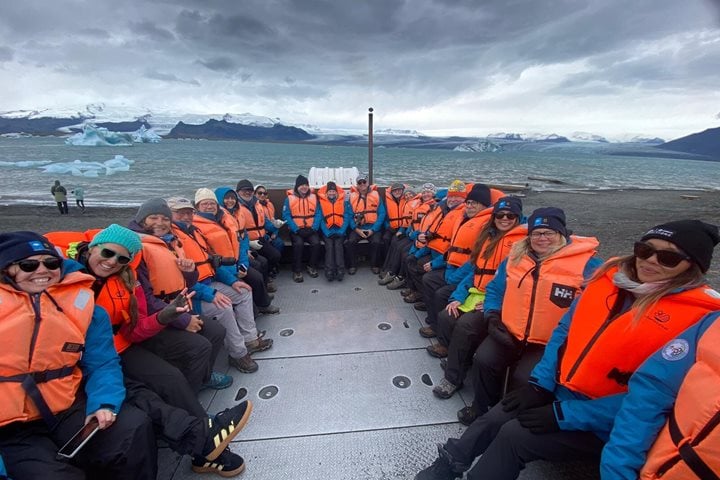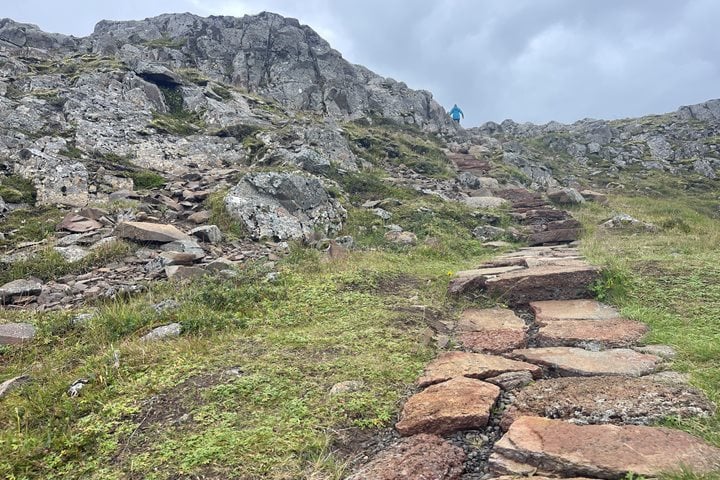Today was the first day of our expedition. In the early morning, we departed in Zodiacs to visit Flatey Island, one of the largest islands of Breidafjordur. Peaceful and romantic, the island is mainly a summer destination, since most of the population leaves during the winter months. Upon landing, we were treated to a musical performance by Svavar Knutur, a troubadour of humble beginnings and rural upbringing. His music brought to life the Icelandic atmosphere and told of history and love, tragedy and sadness.
Following Knutur’s performance, we meandered through the grass fields of Flatey toward one of the island’s main highlights: the church. Built in 1926, the church features paintings and murals by the artist Baltasar Samper, a Spaniard with Icelandic citizenship. The murals showcase some of the region’s wildlife, such as the white-tailed eagle (Haliaeetus albicilla), as well as a representation of a Nordic Jesus Christ.
Flatey is bursting with wildlife, including a long list of bird species. Red-necked phalaropes (Phalaropus lobatus) can be found in all the freshwater ponds, as well as on the shores of the island. Redshanks (Tringa totanus) and their young can be seen walking around the fields, and busy puffins (Fratercula arctica) carry fish to their burrows where hungry chicks wait for their next meal. Now, in mid-July, nests and chicks can be found every few steps. The island cliffs are populated by the kittiwake (Rissa tridactyla), the only seagull that builds proper nests on the ledges.
After enjoying our morning on Flatey Island, we departed to explore the cliffs of Latrabjarg. A low-pressure system (or was it the angry mood of Poseidon?) made our sailing a bit rocky—almost as if we were crossing the Drake Passage down in Antarctica. The bad weather prevented a visit to the cliffs, but we caught a brief glimpse of breeding razorbills (Alca torda). Latrabjarg is home to one of the largest razorbill colonies—about 40 percent of the world’s population is here.









